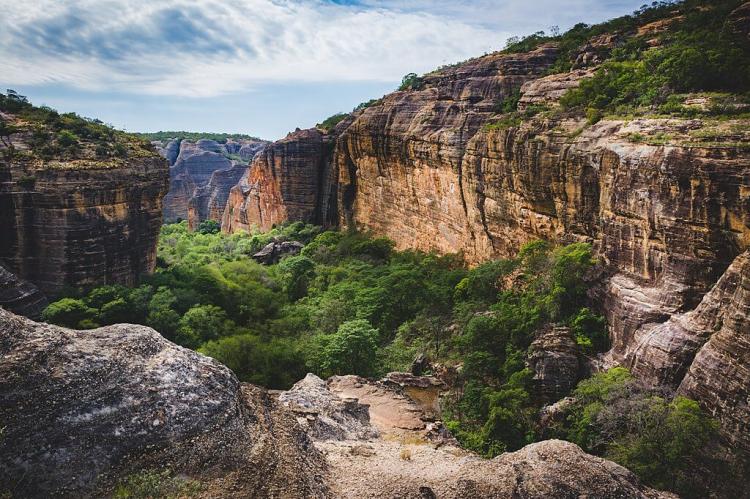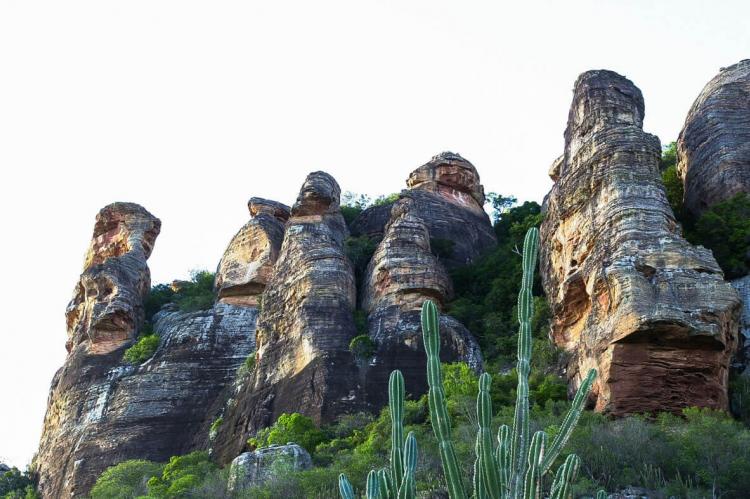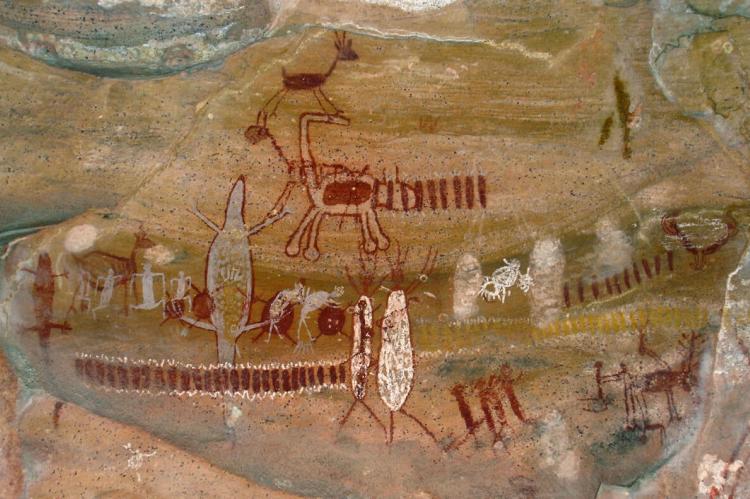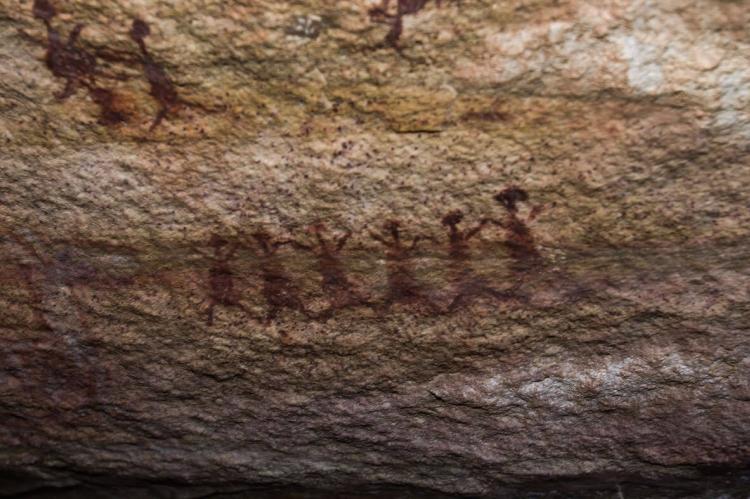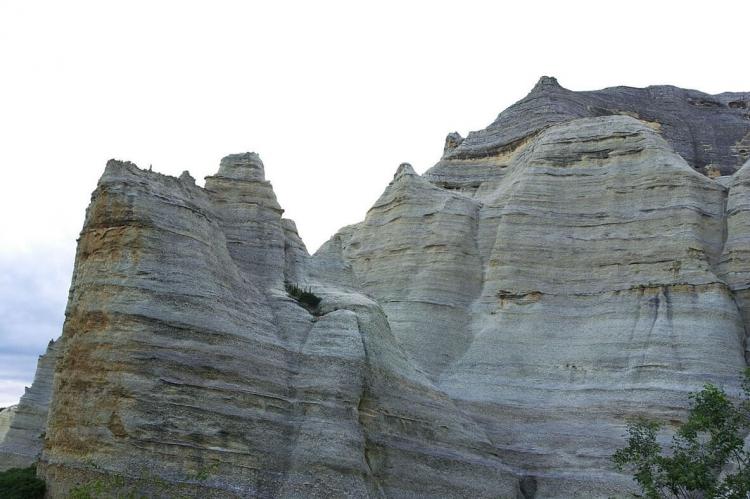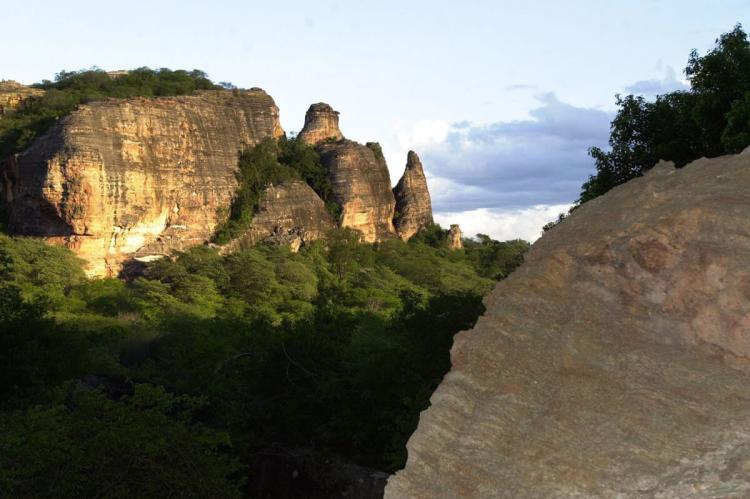Serra da Capivara: Brazil's Archaeological and Natural Treasure
The Serra da Capivara National Park, located in Piauí, Brazil, is a UNESCO World Heritage Site that safeguards prehistoric artifacts and rock paintings dating back thousands of years. It also serves as a critical refuge for the diverse flora and fauna of the Caatinga biome.
Unveiling the Past: Serra da Capivara National Park
Serra da Capivara National Park, a treasure trove of prehistoric art and natural beauty, is located in the northeastern state of Piauí, Brazil. Spanning over 129,000 hectares (319,000 acres), the park is a remarkable blend of geological wonders, archaeological significance, and unique biodiversity. Established in 1979, the park's primary goal is to protect its prehistoric artifacts and rock paintings, some dating back tens of thousands of years. Recognized as a UNESCO World Heritage Site in 1991, Serra da Capivara is a testament to ancient human ingenuity and a vital sanctuary for the diverse flora and fauna of the Caatinga biome.
Geographical and Ecological Features
Location and Terrain
Serra da Capivara National Park is situated across the municipalities of São Raimundo Nonato, São João do Piauí, and Canto do Buriti in southeastern Piauí. The region lies at the intersection of two major geological formations: the Maranhão-Piauí sediment basin and the peripheral depression of the São Francisco River. This unique positioning contributes to the park's varied topography, characterized by rugged cliffs, deep valleys, and expansive plateaus.
Caatinga Biome
The park covers 1,291.4 square kilometers (498.6 square miles) of the Caatinga, a distinctive vegetation type known for its xeric shrubland and thorn forest. The semi-arid conditions of northeast Brazil define this biome, which supports a variety of drought-resistant plants. The flora of Serra da Capivara includes 615 cataloged species adapted to survive in harsh, dry conditions.
Archaeological Significance
Rock Art and Prehistoric Inhabitants
Serra da Capivara is renowned for its extensive collection of prehistoric rock art. Over 300 archaeological sites have been discovered within the park, featuring rock and wall paintings dating from 50,000 to 30,000 years ago. These paintings offer a window into the lives of ancient hunter-gatherer communities and later ceramic-farming societies.
Boqueirão da Pedra Furada
Among the park's most significant archaeological sites is Boqueirão da Pedra Furada, home to over 800 rock shelters. Discovered in 1973 by a Brazilian and French archaeological team, this site contains hundreds of rock paintings dating back approximately 11,000 years. These paintings depict various aspects of ancient life, including the use of spear throwers and traps for hunting.
Human Presence and Controversy
Discoveries at Boqueirão da Pedra Furada suggest human activity as far back as 50,000 years. Charcoal from ancient fires and stone tools provide evidence of early human settlements, challenging the traditional timeline of human migration into the Americas. While some findings are contentious, they underscore the significance of Serra da Capivara as a critical site for understanding human prehistory.
Flora and Fauna
Biodiversity of the Caatinga
Serra da Capivara National Park is a haven for biodiversity, particularly within the Caatinga biome. The park is home to at least 208 bird species, including ten that are threatened or near-threatened. Notable avian inhabitants include the blue-crowned motmot (Momotus momota) and the Caatinga parakeet (Eupsittula cactorum).
Mammals and Endemics
In addition to its rich birdlife, the park supports several threatened mammals and species endemic to the Caatinga. The fauna includes the Brazilian three-banded armadillo (Tolypeutes tricinctus) and the maned wolf (Chrysocyon brachyurus). These species highlight the park's importance as a refuge for wildlife adapted to the semi-arid environment.
Conservation and Heritage
UNESCO World Heritage Site
The recognition of Serra da Capivara National Park as a UNESCO World Heritage Site in 1991 underscores its global significance. The park is celebrated for its outstanding testimony to one of the oldest human communities in South America and its exceptional archaeological value.
Preservation Efforts
Ongoing efforts to preserve the park's archaeological sites and natural habitats are crucial. Conservation strategies focus on protecting the rock art, managing tourism, and supporting local communities. These initiatives aim to balance heritage preservation with sustainable development, ensuring that Serra da Capivara remains a vibrant link to the past for future generations.
Conclusion
Serra da Capivara National Park is a remarkable intersection of natural beauty, cultural heritage, and scientific intrigue. Its prehistoric rock art offers invaluable insights into early human societies, while its diverse ecosystems provide sanctuary for a myriad of species. As a UNESCO World Heritage Site, the park continues to captivate and educate, serving as a testament to the enduring legacy of humanity's early inhabitants and the resilience of nature.
